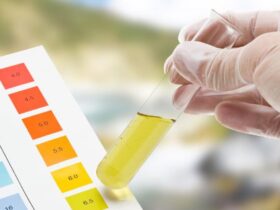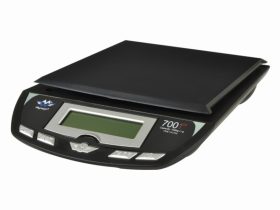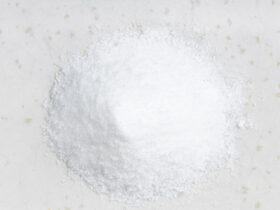30% Silicone Defoamer is an industrial product employed to manage or eradicate foam formation in various industrial operations. Foam generation is a common challenge encountered across industries like manufacturing, chemical processing, water treatment, and more. When certain substances interact with air or gases, they tend to entrap air bubbles, leading to the formation of foam. Foam can impede operational efficiency, compromise product quality, and even result in equipment malfunctions. Silicone defoamers are a specific class of chemical additives engineered to diminish or eliminate foam by disrupting surface tension within liquid systems. They are typically administered in small quantities and prove especially effective in scenarios where conventional foam control methods, such as mechanical agitation, prove impractical or insufficient.
Numerous sectors incorporate Defoamer 30% Silicone into their operations. Here are a few examples:
- Water Treatment: Municipal and industrial water treatment facilities utilize silicone defoamers to manage foam in settling tanks, aeration basins, and various stages of wastewater treatment processes. This guarantees efficient treatment and mitigates problems associated with foam formation.
- Oil and Gas: Within drilling, well completion procedures, and refinery operations, silicone defoamers find application in controlling foam within drilling fluids, wastewater treatment, and separation processes.
- Adhesives and Sealants: In the realm of adhesives and sealants, silicone defoamers can be integrated into formulations to forestall foam formation during mixing and application, thus guaranteeing the integrity of bonding and sealing processes.
- Chemical Manufacturing: Within chemical production processes, foam generation can be an unintended consequence. The introduction of silicone defoamers is a common practice to diminish foam, uphold the efficacy of chemical reactions, and avert equipment damage stemming from excessive foam accumulation.
- Pulp and Paper: Within the paper production sector, silicone defoamers are incorporated into pulping, papermaking, and coating procedures to preclude foam-related issues that could compromise paper product quality and disrupt equipment functioning.
- Paints and Coatings: In the realm of paints and coatings, silicone defoamers are introduced into formulations to suppress foam formation throughout the mixing, application, and drying phases. This practice preserves a flawless finish and averts surface imperfections.
- Mining and Mineral Processing: Sectors engaged in mineral extraction and processing leverage silicone defoamers to manage foam in various processes, such as flotation, where an excess of foam could adversely affect mineral recovery rates.
- Textile and Dyeing: Foam can develop during textile dyeing procedures, primarily as a result of dye bath agitation. The application of silicone defoamers is employed to regulate foam levels and maintain consistent dyeing, preserving the visual quality of the end product.
- Food and Beverage: Within the food and beverage processing sector, silicone defoamers are deployed to avert the occurrence of excessive foaming throughout mixing, cooking, and packaging procedures. Their purpose is to uphold a consistent product quality and to prevent overflow in containers.
- Brewing and Beverage Manufacturing: Within breweries and beverage production facilities, silicone defoamers are utilized to manage foam levels during fermentation, filtration, and bottling operations.
Level 7 Chemical consistently excels as a leading provider of 30% Silicone Defoamer, providing a proven remedy that adeptly addresses foam-related challenges spanning various industries.










